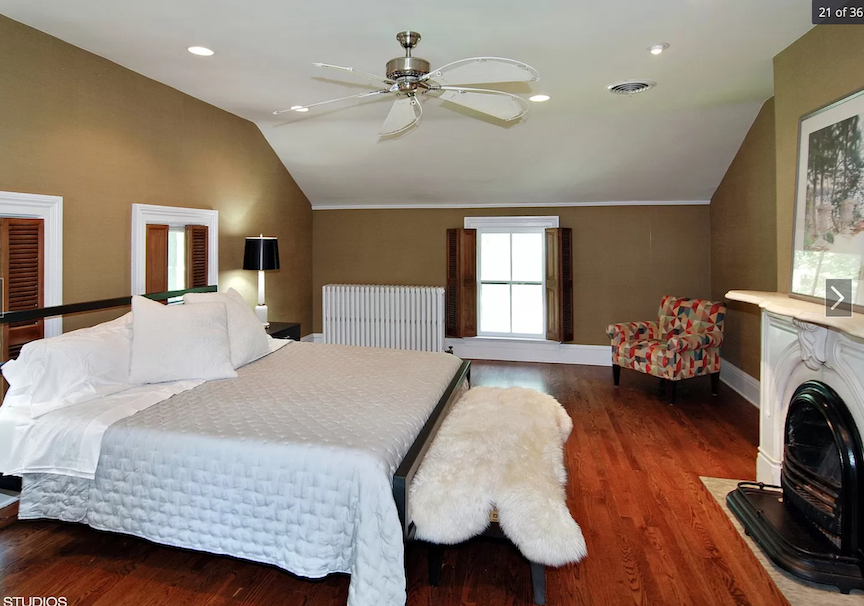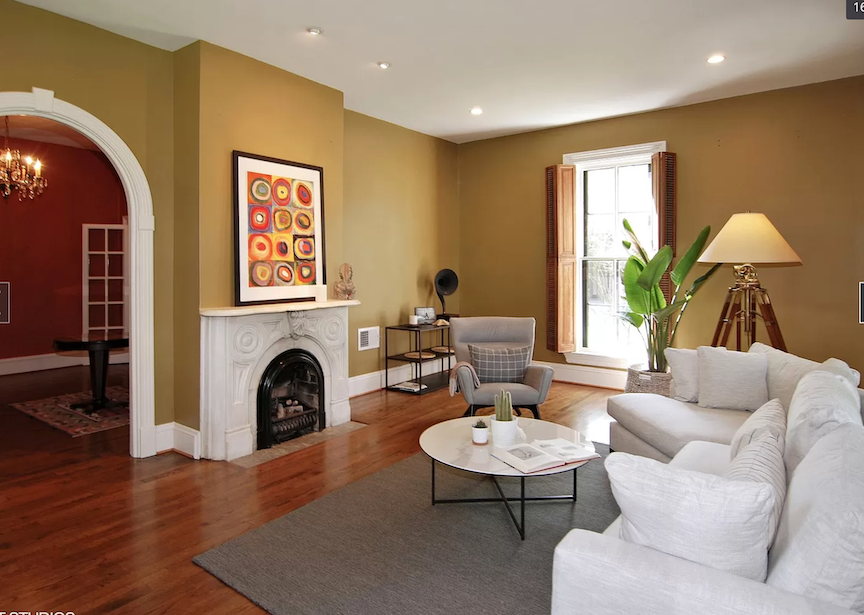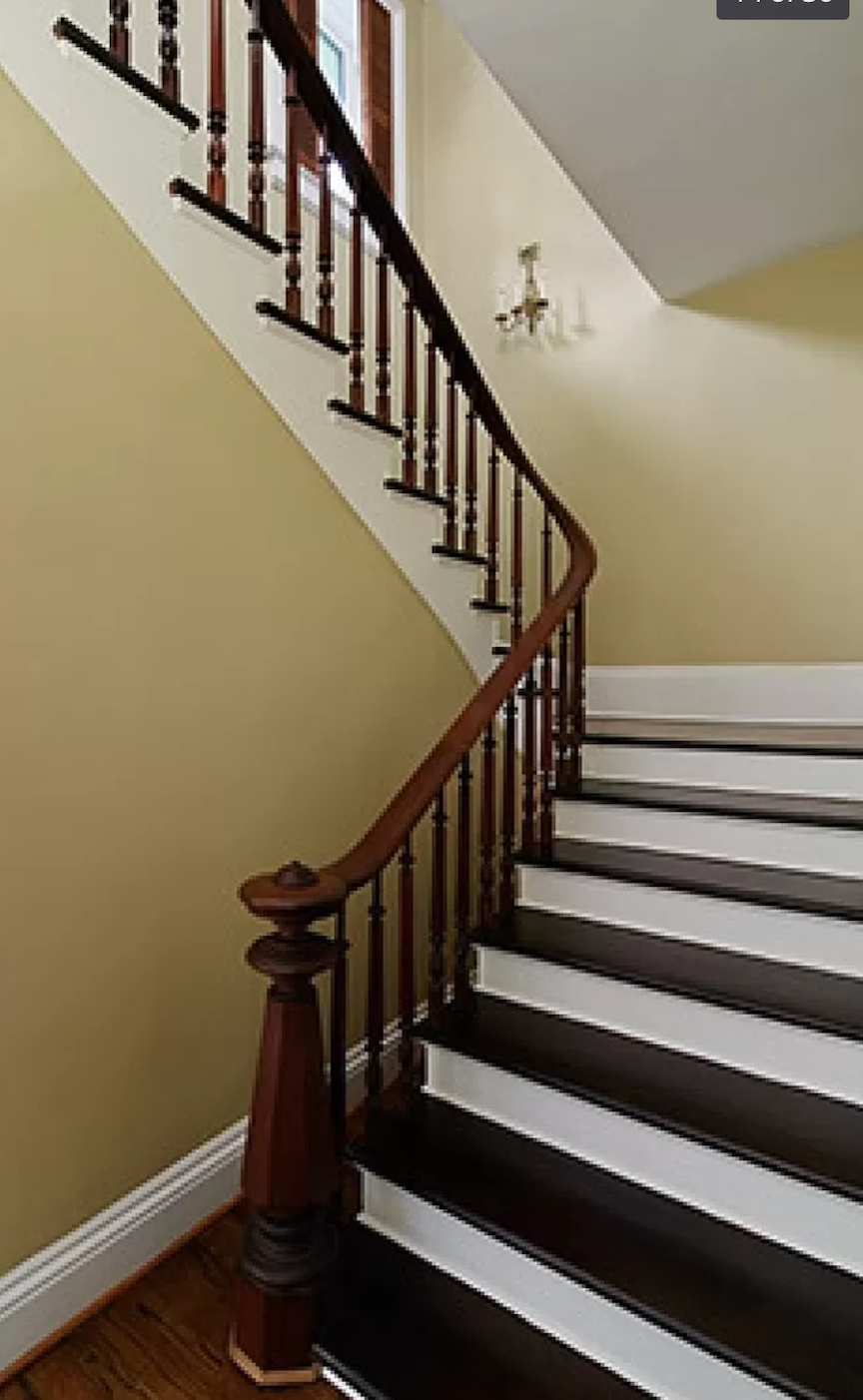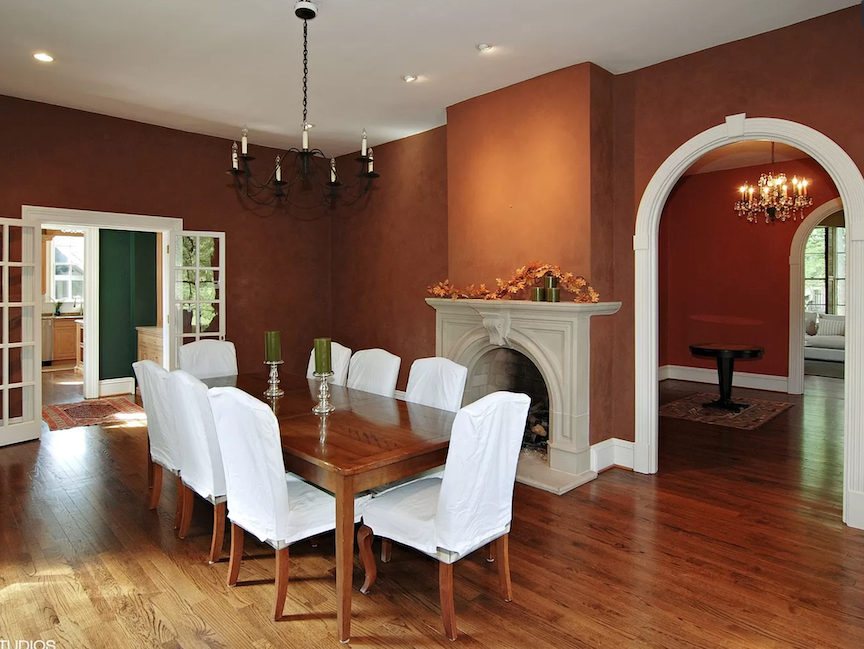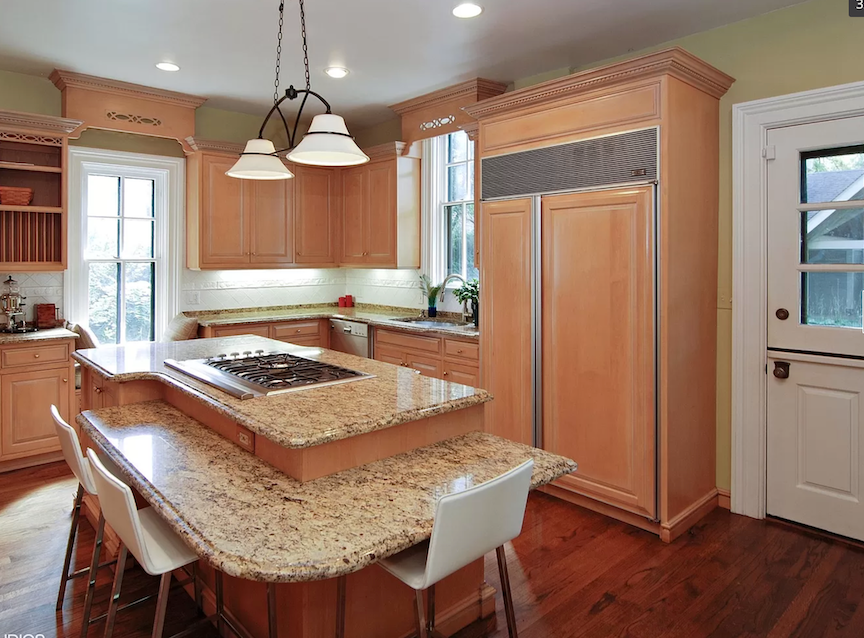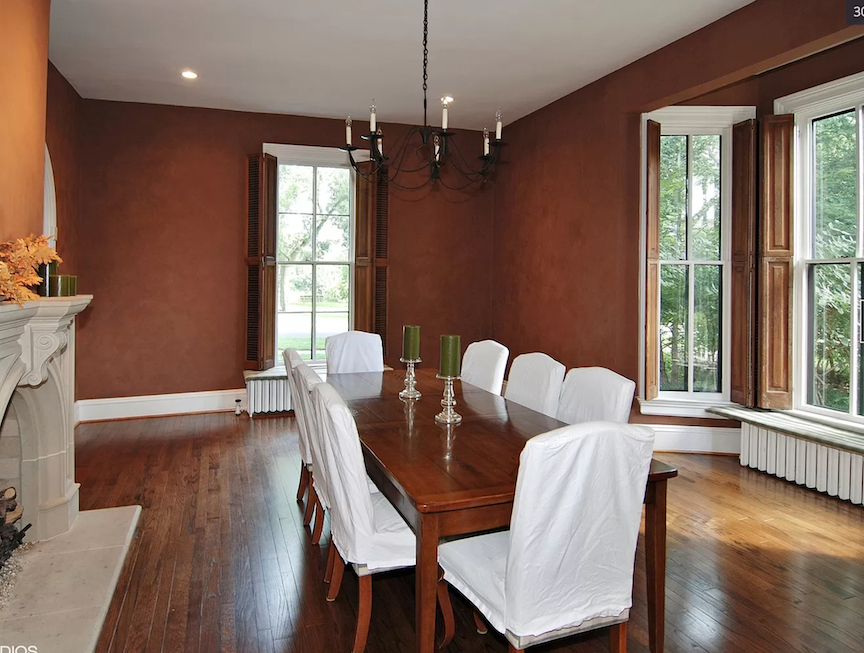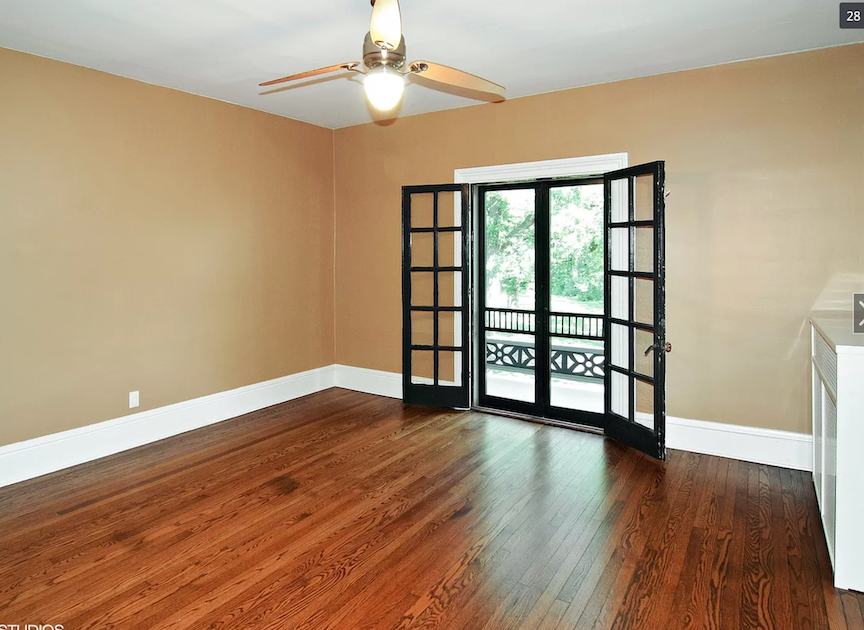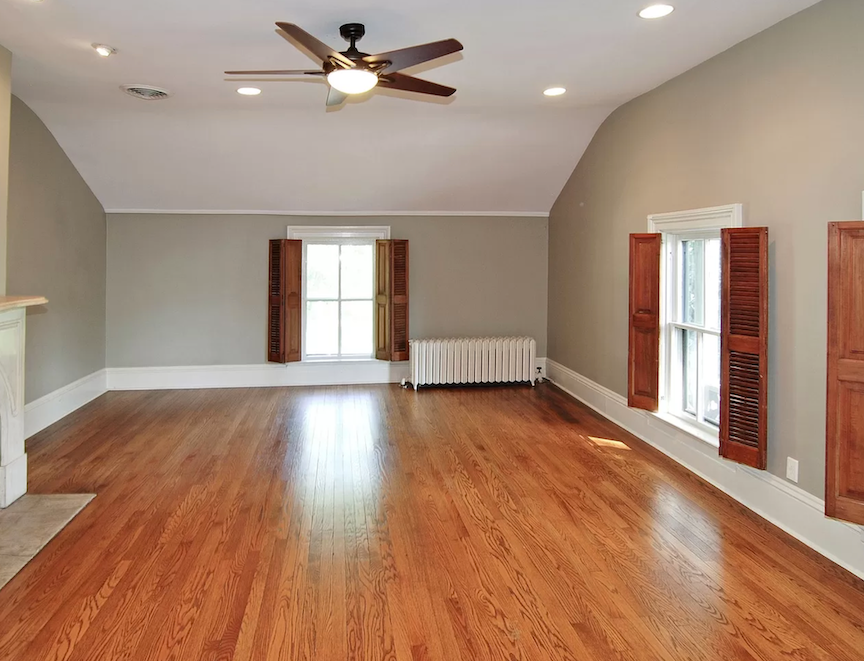€1 cheap houses in Italy ...
-
But those houses are at least somewhat nice.
Over here, these days we consider even the fugly 1960s "brutalist" concrete buildings to be "historically significant" and they can't be torn down.
-
@klaus said in €1 cheap houses in Italy ...:
I assume those €1 are tied to a couple of expensive obligations.
On a related note, since my entire town is a "National Historical District" some of the older homes qualify for tax exemptions because of their historic nature. Our home, built in 1921 was one of those. I considered taking advantage of this, but upon researching, I discovered that once you pull that trigger, all kinds of obligations, restrictions and pain-in-the-ass things come into play.
Wanna paint the exterior? Be sure colors are approved.
Landscaping? Must be period appropriate.
Room addition? AYFKM?There is a home about half a mile from mine which is a historic home. It does not have a garage, but a carport. Because of the restrictions the owners couldn't build a garage or add a family room. Took them forever to sell the place because of these issues. It was on and off the market for 12 years. It was originally listed for $1,000,000. It was designed by Calvert Vaux in 1870, and was a retreat for John Dore, Chicago’s first superintendent of schools, president of the Chicago Board of Trade and an Illinois state senator.
It sold for $599K in September.
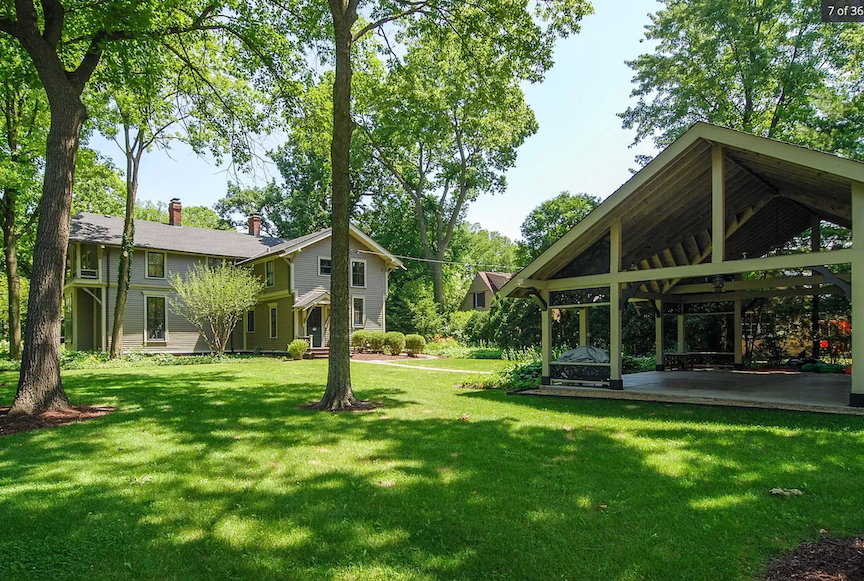
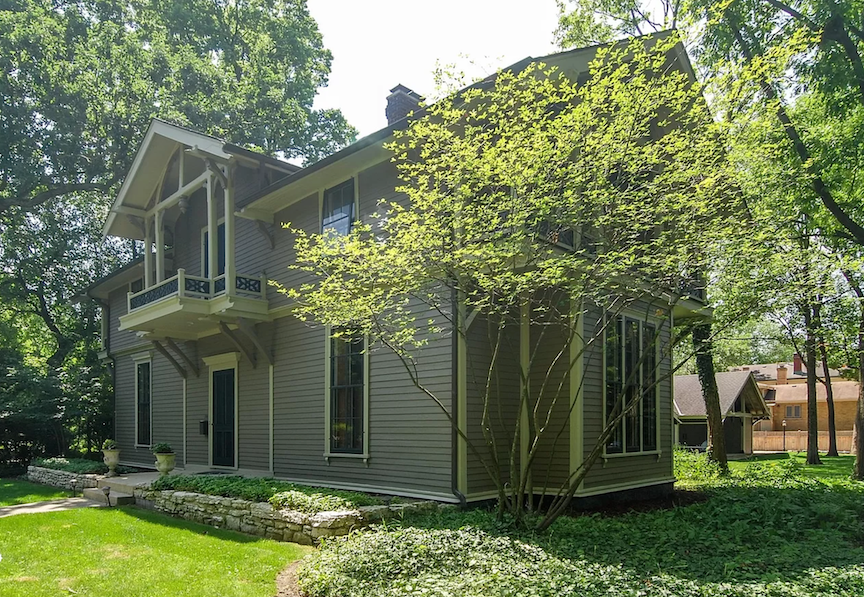
@george-k said in €1 cheap houses in Italy ...:
Landscaping? Must be period appropriate.
What does that mean? You must have 100 year old dead bushes in your yard? 555
-
George, what kind of tax breaks are there for residential properties in your area? Local, federal?
Here, only income-producing residential properties have any monetary benefit from historic designation. Tax credits were offered, but the property had to jump some hurdles to get designated as being historic. That's what created the bed and breakfast craze years ago.
-
George, what kind of tax breaks are there for residential properties in your area? Local, federal?
Here, only income-producing residential properties have any monetary benefit from historic designation. Tax credits were offered, but the property had to jump some hurdles to get designated as being historic. That's what created the bed and breakfast craze years ago.
-
@brenda said in €1 cheap houses in Italy ...:
George, what kind of tax breaks are there for residential properties in your area? Local, federal?
I have no idea. I'd have to go looking.
@george-k said in €1 cheap houses in Italy ...:
@brenda said in €1 cheap houses in Italy ...:
George, what kind of tax breaks are there for residential properties in your area? Local, federal?
I have no idea. I'd have to go looking.
The Illinois Historic Preservation Tax Credit Program (IL-HTC) provides a state income-tax credit equal to 25% of a project's Qualified Rehabilitation Expenditures (QREs), not to exceed $3 million, to owners of certified historic structures who undertake certified rehabilitations. The substantial investments will create jobs in Illinois, stimulate local economies, and revitalize historic structures and neighborhoods. The Illinois Historic Preservation Tax Credit Program is administered by the Illinois State Historic Preservation Office in the Illinois Department of Natural Resources and runs from January 1, 2019 to December 31, 2023 (35 ILCS 5/228 and 35 ILCS 31/1 et. seq.).
Program Requirements
To receive an IL-HTC, projects must meet all of the following requirements:
Before the state tax credits can be issued (which occurs after the project is completed and approved), the structure must meet one of these three designation criteria:
listed individually on the National Register of Historic Places, or
a contributing building within a National Register historic district, or
a contributing building within a local district that has been certified by the National Park Service (NPS) for the purposes of taking the federal tax credit.
QREs eligible for the credit must be incurred between January 1, 2019 and December 31, 2023 and must exceed the greater of $5,000 or the building's adjusted basis as calculated on the day the rehabilitation commenced.
After the rehabilitation, the structure must be used for income-producing purposes, such as rental-residential, commercial, agricultural, and/or industrial.
The IL-HTC must be applied for in conjunction with the 20% Federal Historic Rehabilitation Tax Credit (F-HTC). The F-HTC Part 2 must be approved by the NPS prior to applying for an IL-HTC allocation. The F-HTC Part 3 must be certified by the NPS prior to applying for an IL-HTC certificate.
The qualified rehabilitation plan must have obtained an IL-HTC allocation outlined below. -
More news on Italian towns giving away cheap houses and now free money to attract new residents to depopulated towns:
https://www.cnn.com/travel/article/presicce-italy-pay-to-move/index.html
I keep thinking, there are lots of refugees in the world, right? Why can Italy not simply take in more refugees and fill these depopulated towns up with refugees?
-
More news on Italian towns giving away cheap houses and now free money to attract new residents to depopulated towns:
https://www.cnn.com/travel/article/presicce-italy-pay-to-move/index.html
I keep thinking, there are lots of refugees in the world, right? Why can Italy not simply take in more refugees and fill these depopulated towns up with refugees?
@Axtremus Non parlano italiano? Figura te


